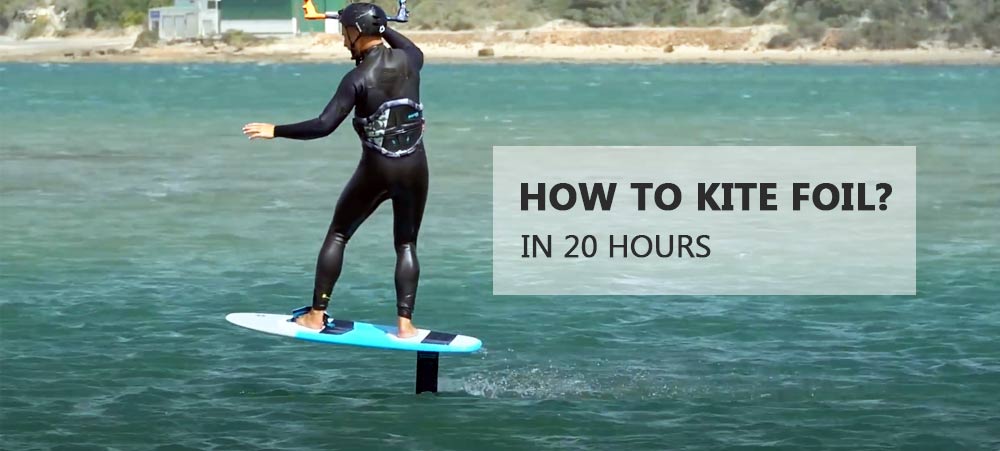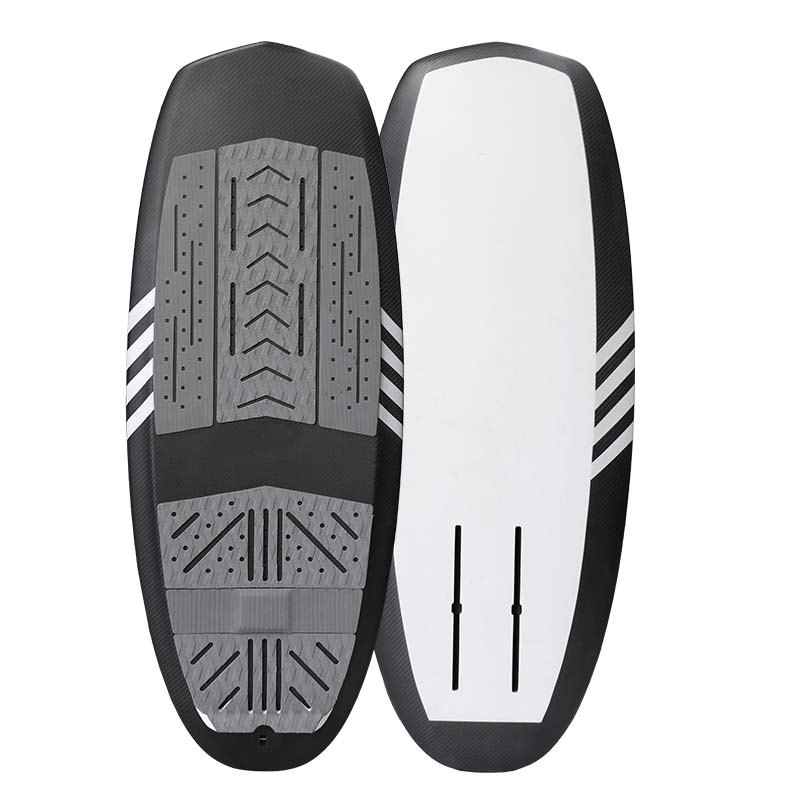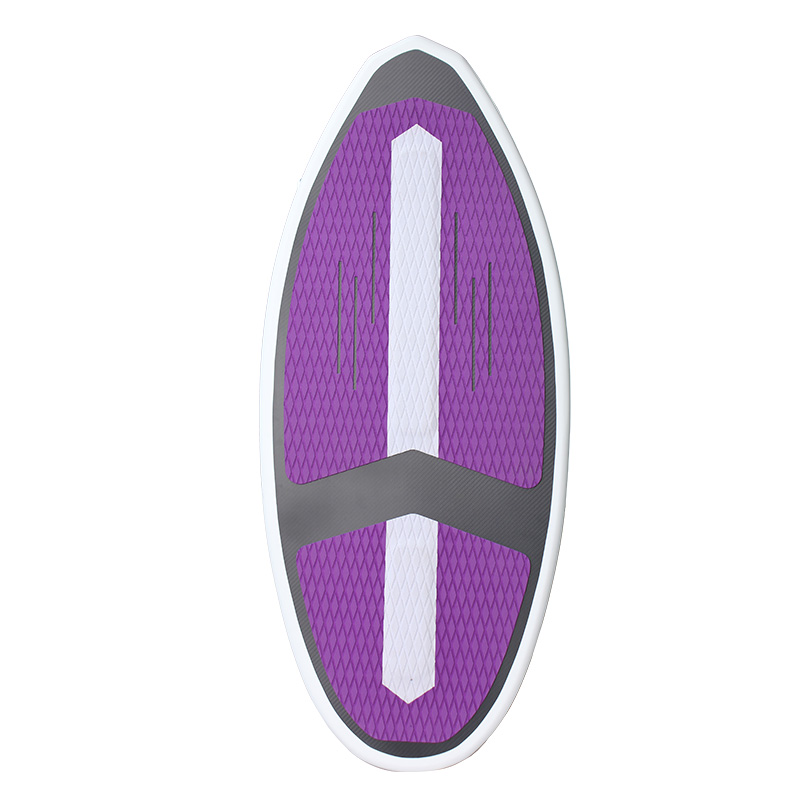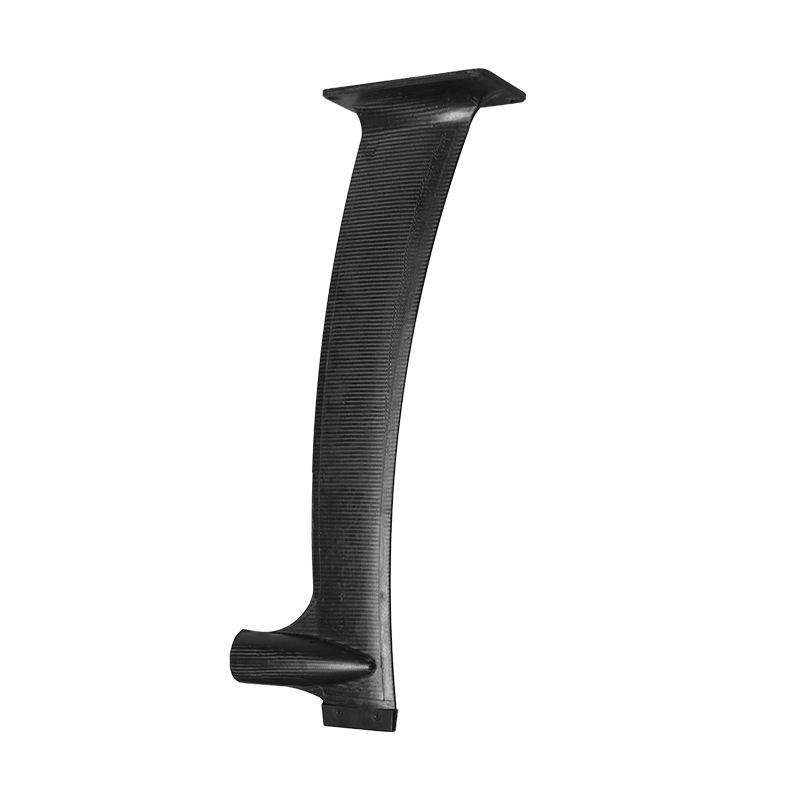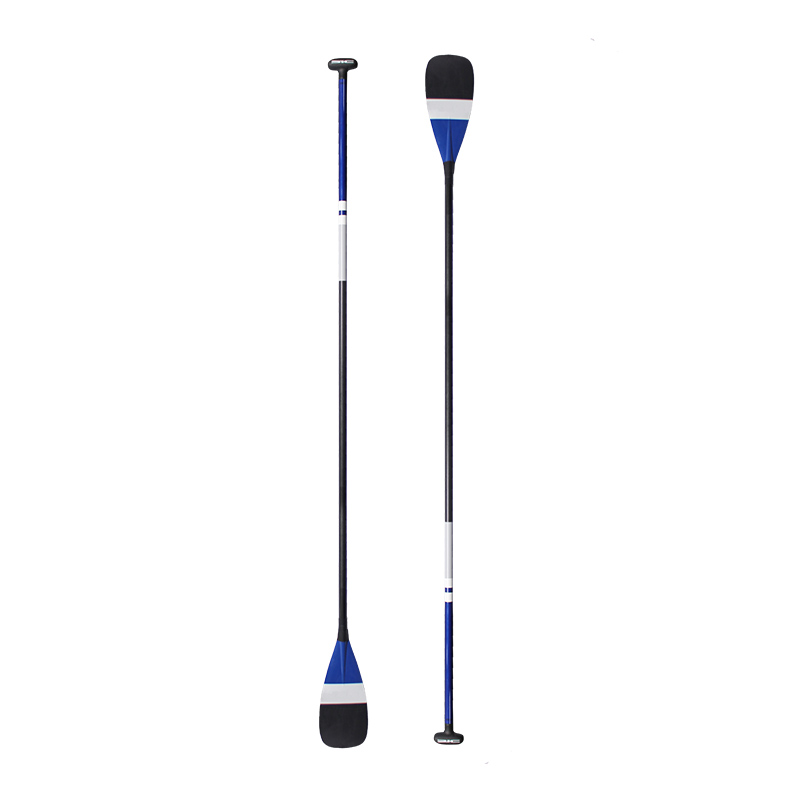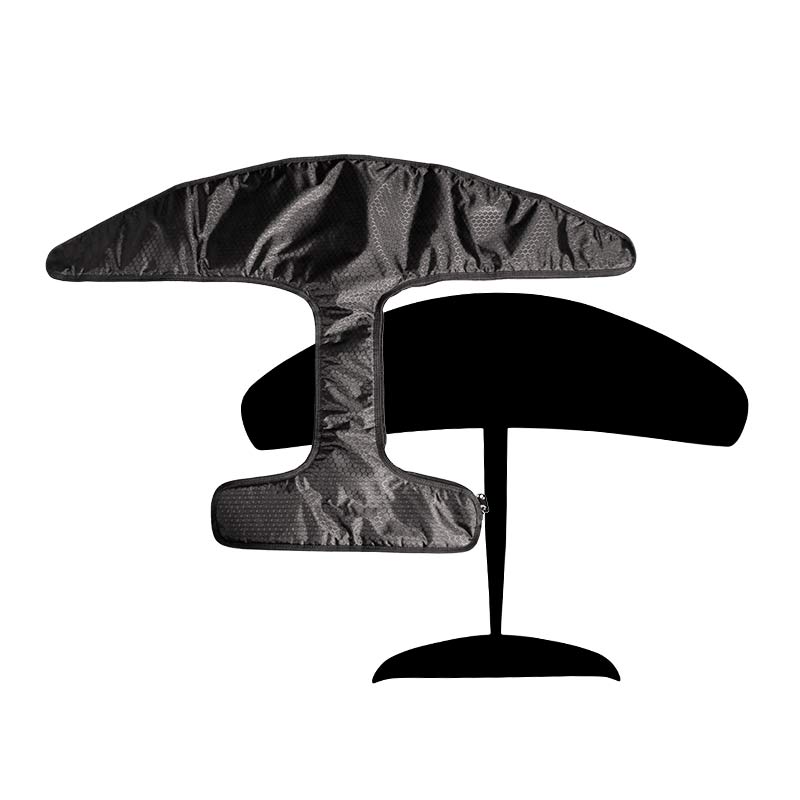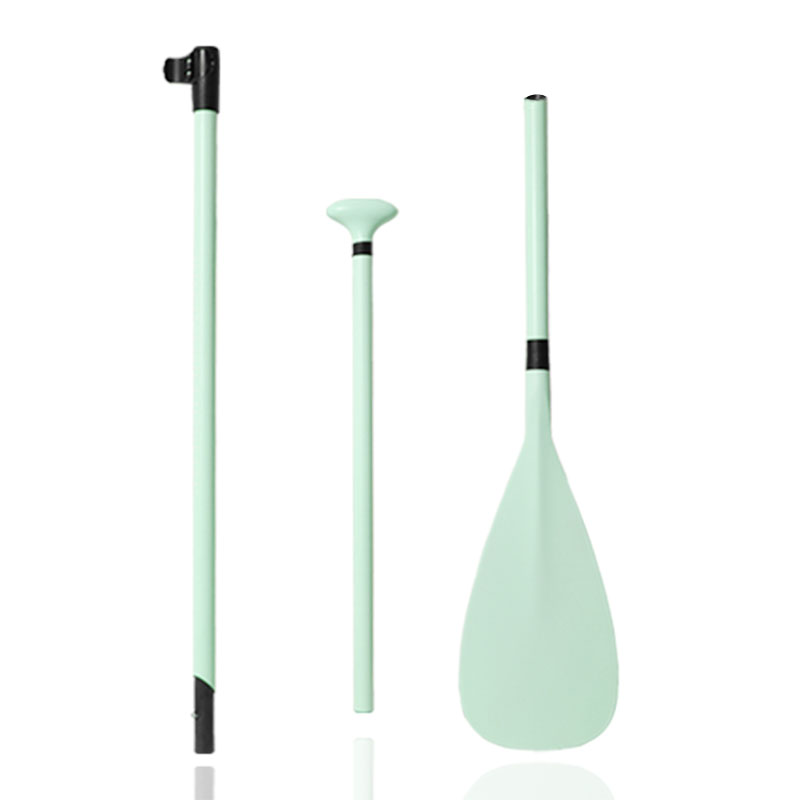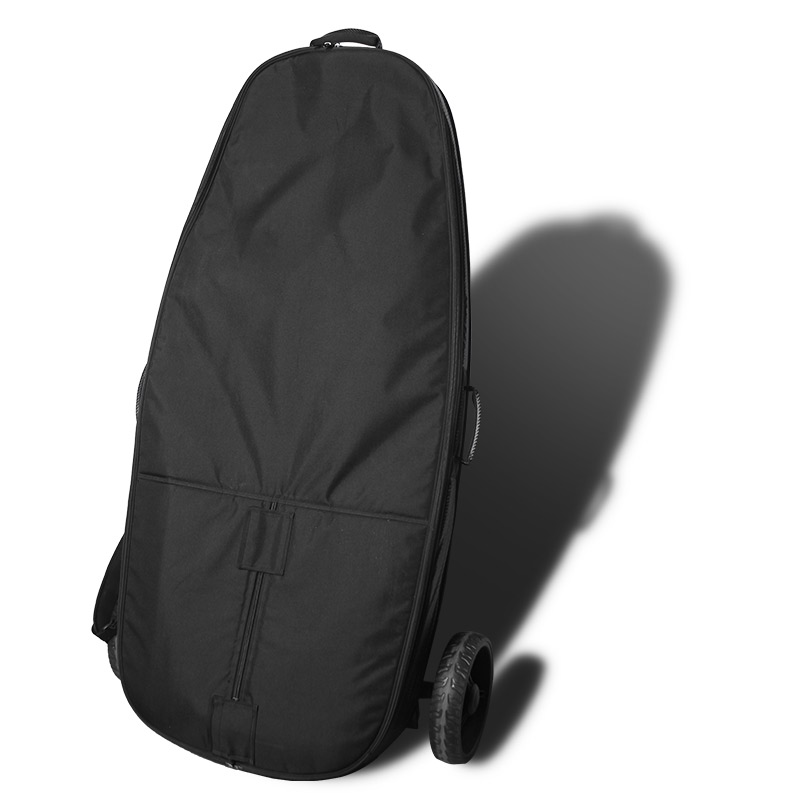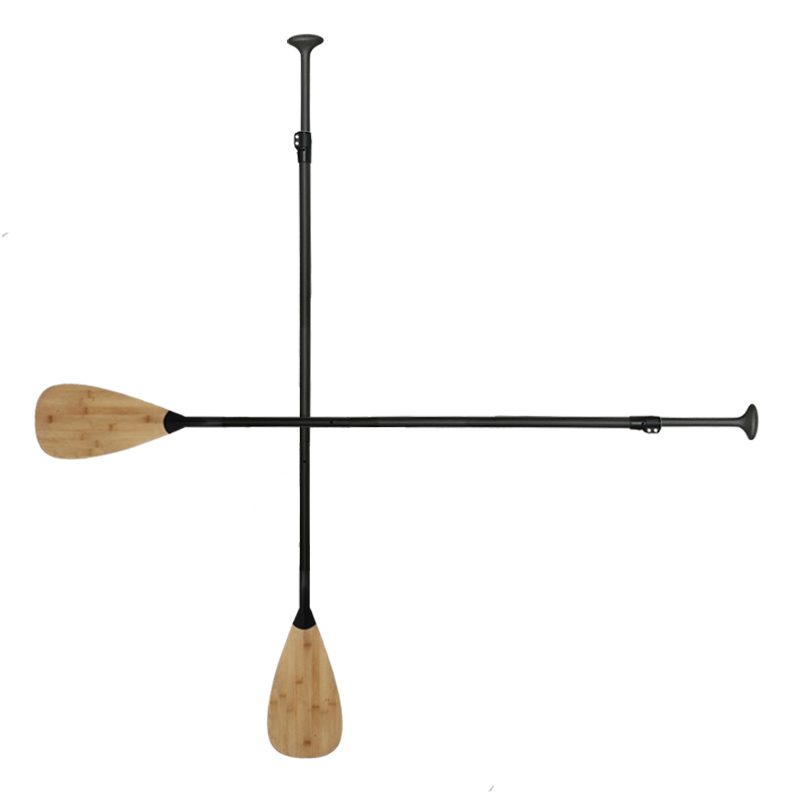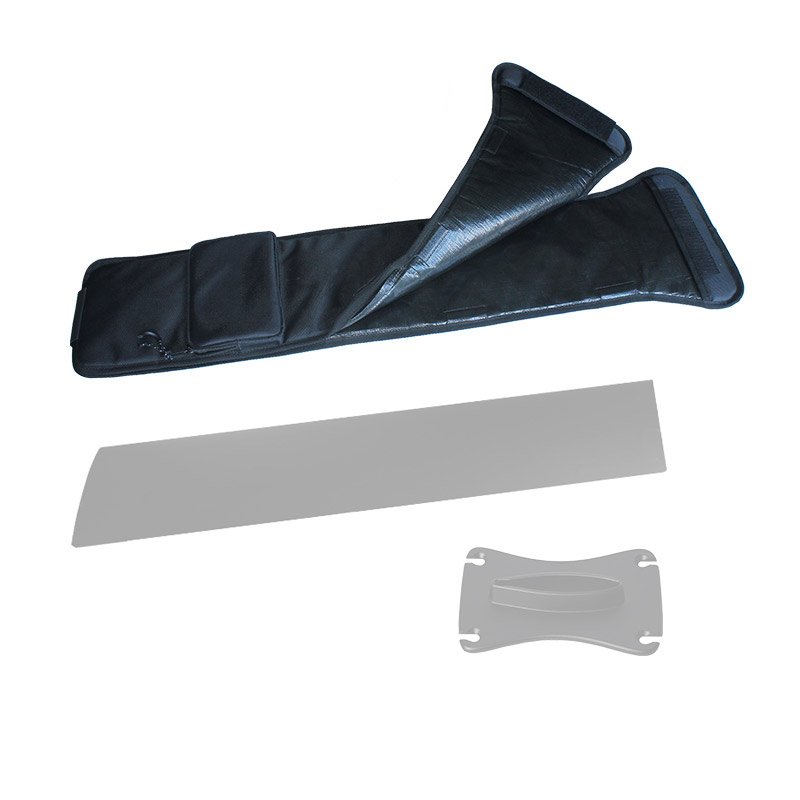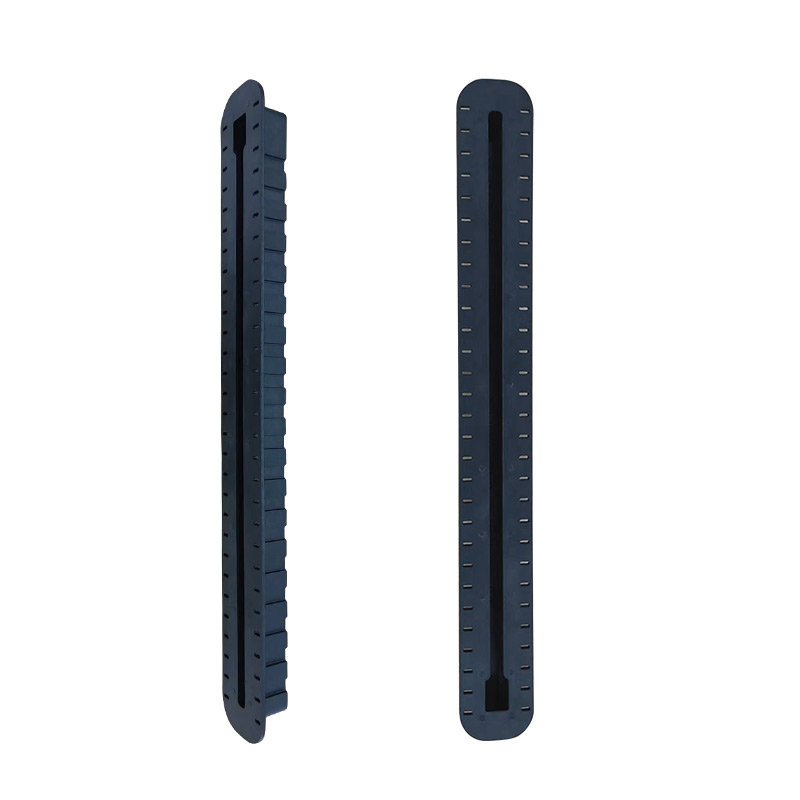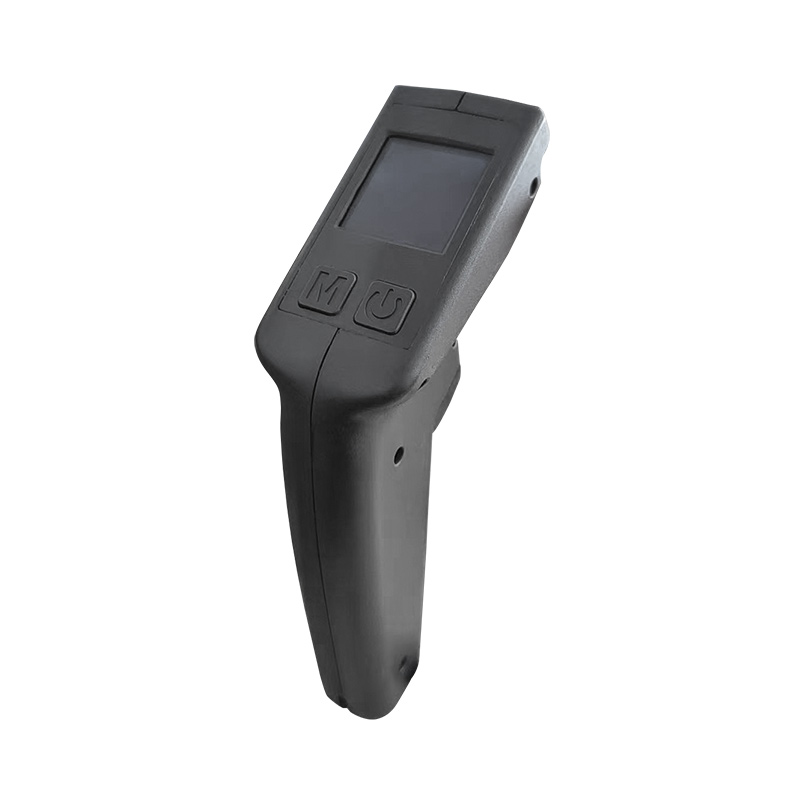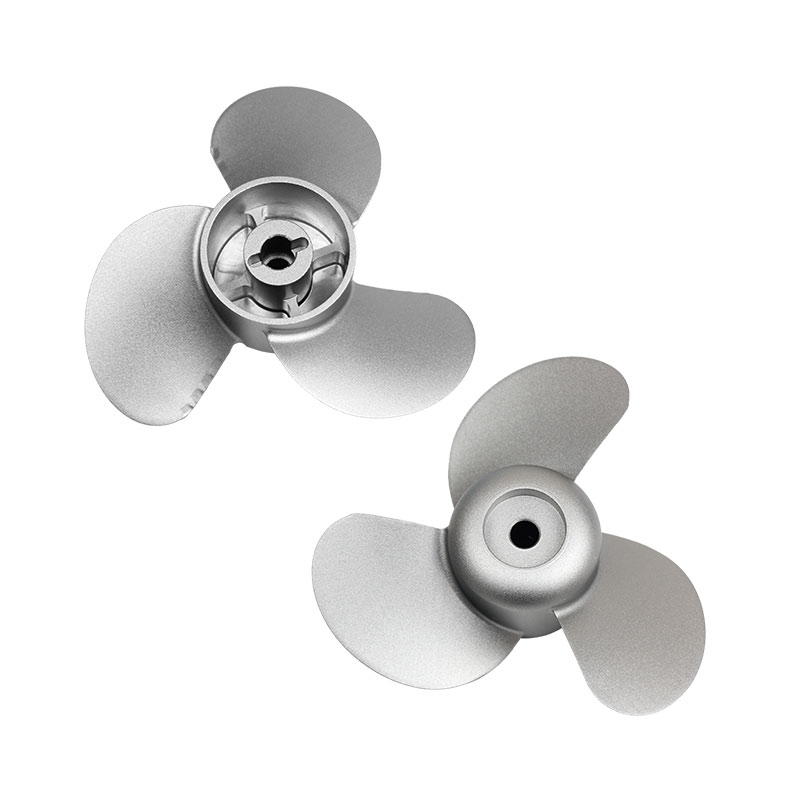When it comes to kayaking, selecting the right paddle can make a world of difference in your overall experience on the water. While straight shaft paddles are the standard choice for many paddlers, the bent shaft kayak paddle has gained popularity due to its unique design and the array of benefits it offers. In this comprehensive guide, we will delve deep into the world of bent shaft kayak paddles, exploring their design, advantages, disadvantages, and how to choose the perfect one for your kayaking adventures.
If you are interested in other types of paddles for surfing, please click the link to have a check.

Understanding the Bent Shaft Kayak Paddle
1.1 What Is a Bent Shaft Kayak Paddle?
A bent shaft kayak paddle is a specialized type of paddle with a curved or angled shaft, setting it apart from the traditional straight shaft design. This curved design may be subtle or pronounced, depending on the specific model and manufacturer.
1.2 Anatomy of a Bent Shaft Kayak Paddle
To truly appreciate the bent shaft kayak paddle, it’s essential to understand its key components. These include:
- The shaft: The curved portion of the paddle that connects the handle to the blade.
- The handle: The part of the paddle that the paddler grips.
- The blade: The wide, flat portion that goes into the water to propel the kayak.
Advantages of Using a Bent Shaft Kayak Paddle
2.1 Ergonomics and Comfort
The bent shaft design is often lauded for its ergonomic benefits. It promotes a more natural and comfortable wrist angle, reducing strain and fatigue during prolonged paddling sessions. This design can be particularly beneficial for individuals with pre-existing wrist or hand issues, making kayaking a more accessible and enjoyable activity for a wider range of people.
2.2 Increased Efficiency
Efficiency is a critical factor in paddling, especially for long-distance kayakers. The bent shaft paddle’s design allows for a more efficient transfer of power from the paddler to the water. As a result, each stroke generates more forward momentum, reducing energy wastage and enhancing overall paddling efficiency.
2.3 Reduced Wrist and Shoulder Strain
Paddlers who are prone to wrist or shoulder overuse injuries can greatly benefit from using a bent shaft kayak paddle. The ergonomic design minimizes strain on these areas, making it a safer and more sustainable choice for those with physical limitations.
2.4 Stability and Control
The bent shaft paddle provides enhanced control and stability, crucial in challenging conditions such as whitewater, strong currents, or when navigating tight spaces. This increased stability can help prevent capsizing and improve maneuverability, making it a popular choice among experienced kayakers.
2.5 Minimal Flutter and Twisting
The bent shaft paddle is known for its ability to reduce blade flutter and paddle twisting during strokes. This reduction in undesirable movement leads to smoother, more efficient strokes, ensuring that more of your energy goes into moving your kayak forward.
2.6 Improved Paddling Technique
The design of the bent shaft paddle encourages a more vertical and efficient stroke, promoting better paddling technique. This can lead to improved performance and reduced fatigue, particularly for those new to kayaking or looking to enhance their skills.

Disadvantages and Considerations
3.1 Adaptation Period
Switching from a straight shaft to a bent shaft paddle may require some adaptation. Paddlers used to straight shafts may initially find the new wrist angle unfamiliar. However, most individuals adjust to the change after a few outings.
3.2 Cost
Bent shaft kayak paddles often come at a slightly higher price point than their straight shaft counterparts. The additional cost reflects the specialized design and ergonomic advantages, but it’s essential to consider your budget when making a selection.
3.3 Personal Preference
The choice between a bent shaft and a straight shaft paddle is highly subjective and depends on personal preferences and individual needs. Some paddlers may continue to prefer the traditional straight shaft design, while others swear by the benefits of the bent shaft.
3.4 Use Case
The suitability of a bent shaft paddle can vary based on your kayaking activities. While it excels in certain conditions, such as whitewater and touring, there might be scenarios where a straight shaft paddle is more appropriate.
How to Choose the Right Bent Shaft Kayak Paddle
4.1 Paddle Length
Selecting the right paddle length is crucial. The general rule of thumb is that taller paddlers or those with wider kayaks may require longer paddles. However, individual preferences and kayak design can also influence the choice.
4.2 Shaft Material
Shafts can be made from various materials, including aluminum, fiberglass, and carbon fiber. Each material has its own set of pros and cons, so consider factors such as weight, durability, and cost when making your selection.
4.3 Blade Design
Blade design impacts the paddle’s performance. Smaller blades require less effort and are great for low-impact activities, while larger blades provide more power for high-intensity paddling. Consider your intended use when choosing a blade design.
4.4 Feathering
Some bent shaft paddles allow for feathering, which is the adjustment of the blade angle relative to the shaft. Feathering can reduce wind resistance but may require additional fine-tuning and adaptation.
4.5 Brand and Model
There are numerous reputable kayak paddle manufacturers, each offering a variety of bent shaft models. Research and read reviews to find a brand and model that suits your needs and budget.
Maintenance and Care
5.1 Rinse and Dry
After each paddling session, rinse your bent shaft paddle with freshwater and allow it to dry completely. This prevents saltwater or debris buildup and extends the life of your paddle.
5.2 Storage
Store your paddle in a dry, cool place, away from direct sunlight and extreme temperatures. Proper storage ensures that your paddle remains in good condition.
5.3 Inspect Regularly
Check your paddle for signs of wear and tear, such as cracks or delamination. Address any issues promptly to prevent further damage.
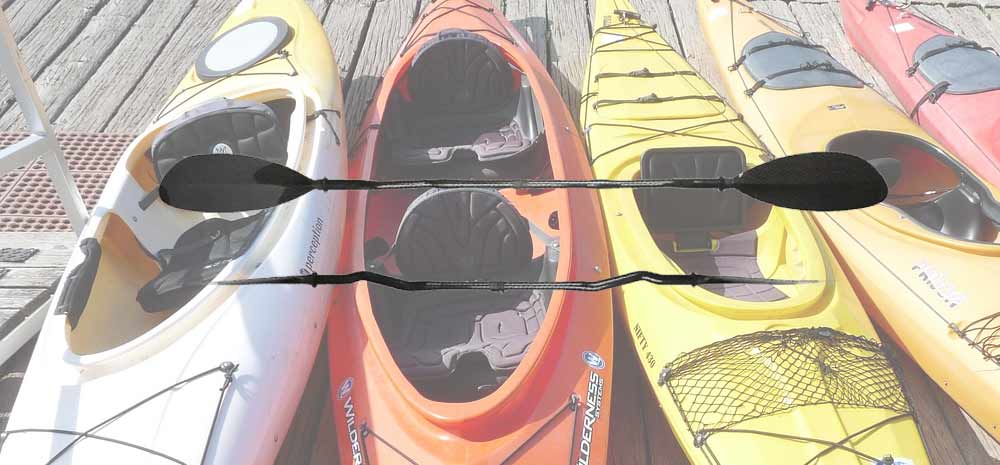
Conclusion
In the world of kayaking, the bent shaft kayak paddle stands as a testament to the ever-evolving pursuit of comfort, efficiency, and performance. While it may not be the ideal choice for every paddler or every situation, its ergonomic advantages, efficiency gains, and improved control have made it a beloved tool for many kayakers.
As you embark on your kayaking journey or consider upgrading your gear, don’t be quick to dismiss the bent shaft paddle. Its unique design and numerous benefits can significantly enhance your time on the water. By understanding the advantages, and disadvantages, and how to choose the right paddle for your needs, you can make an informed decision that aligns with your kayaking aspirations.
So, whether you’re a seasoned kayaker looking to boost your performance or a novice seeking the utmost in comfort, the bent shaft kayak paddle is a compelling option worth exploring. Unlock the potential of this innovative paddle design and take your kayaking adventures to the next level.
By the way, if you need other surfing products, such as surf foils, electric hydrofoils, hydrofoil boards, and so on, welcome to click on to link to see them. About how to choose a kayak paddle, welcome to click the link.

